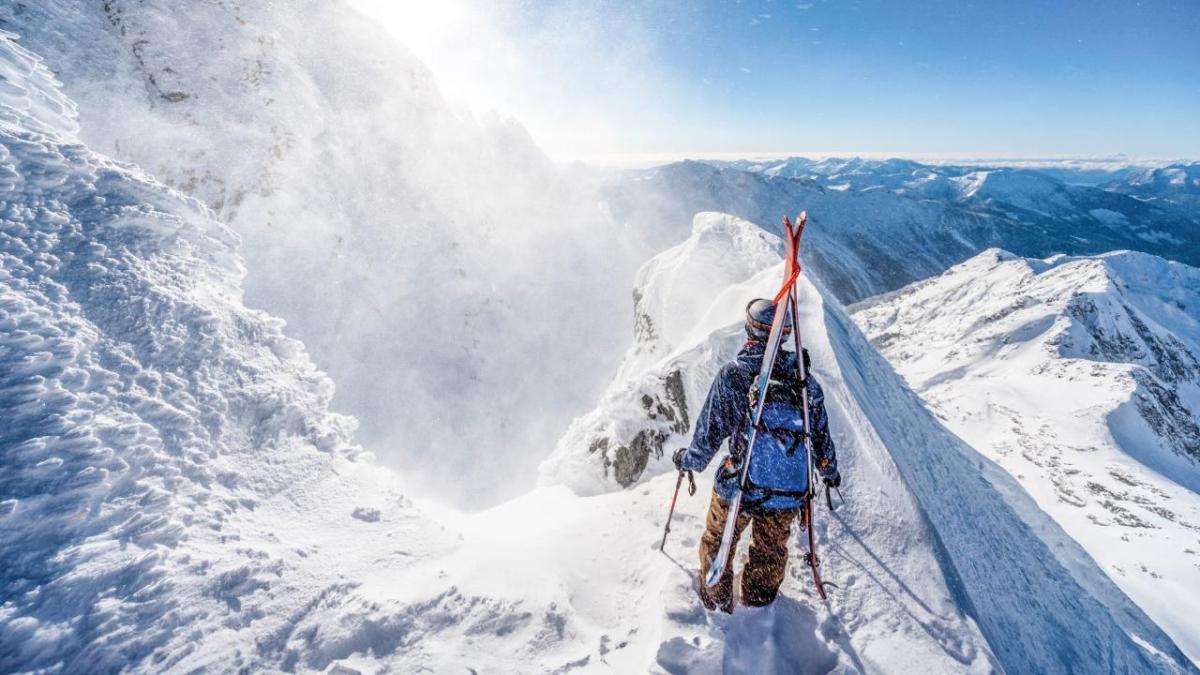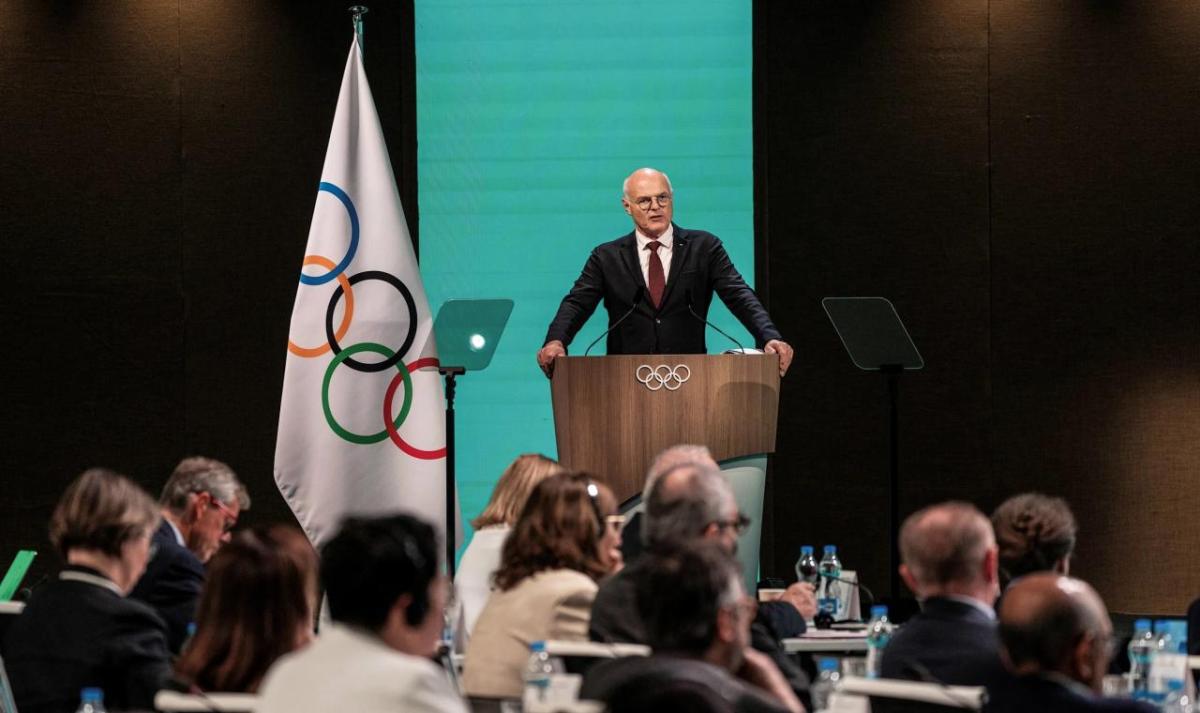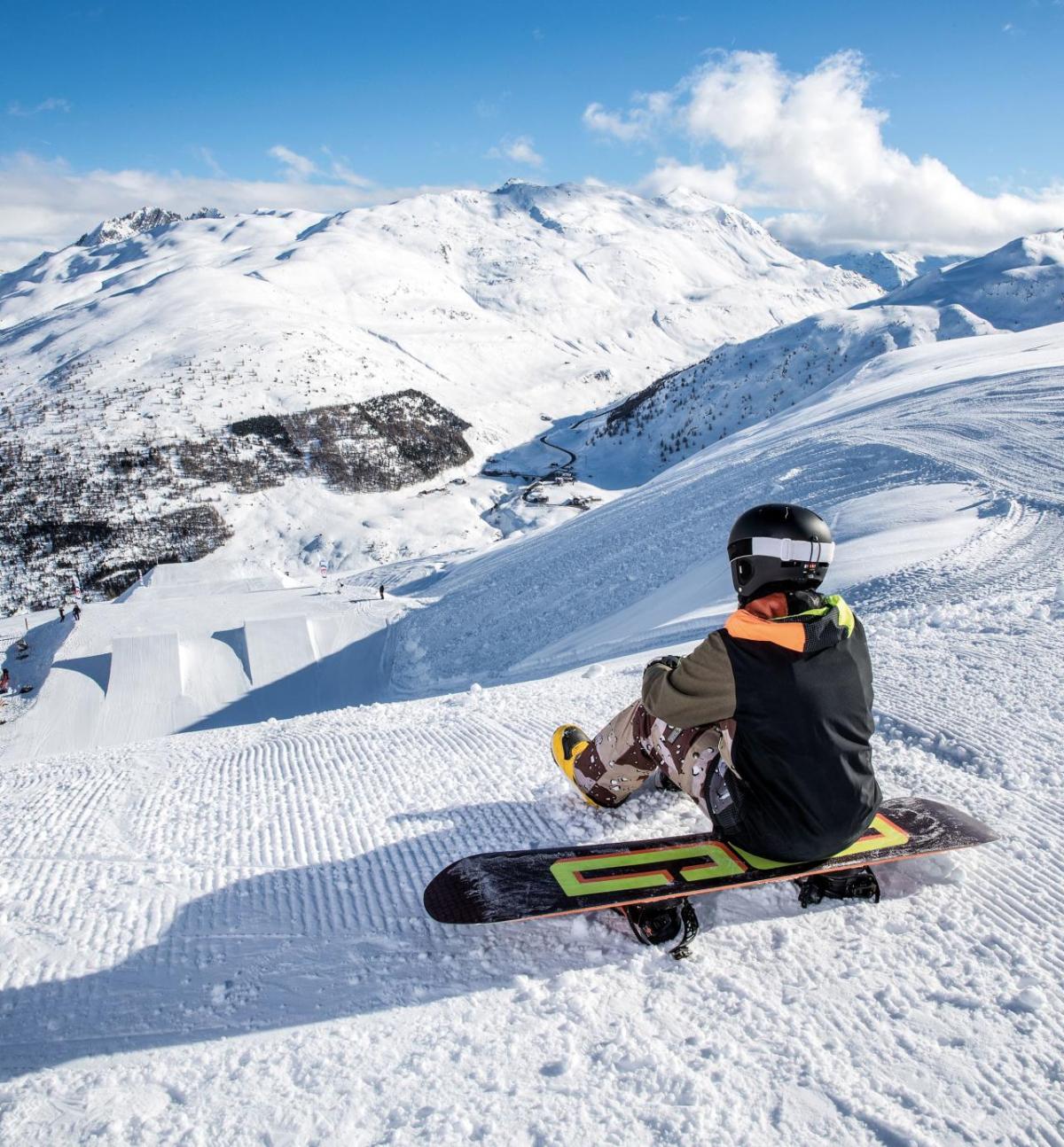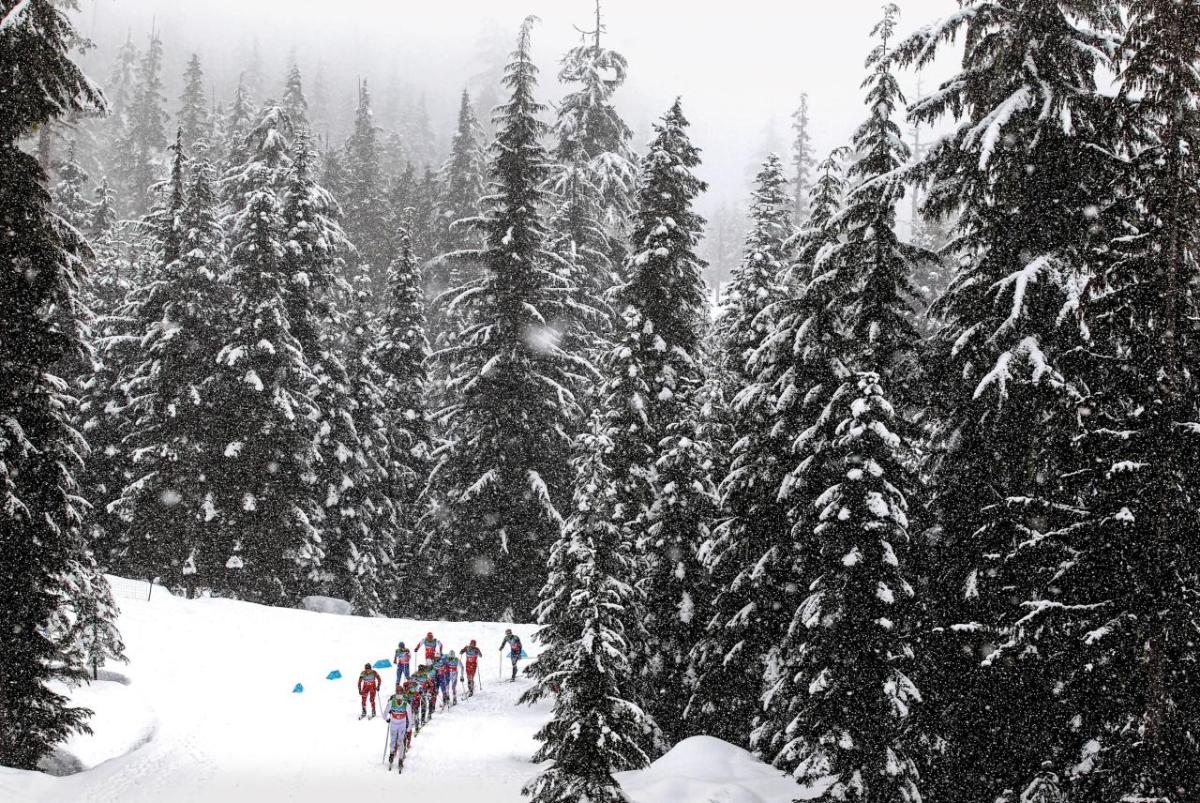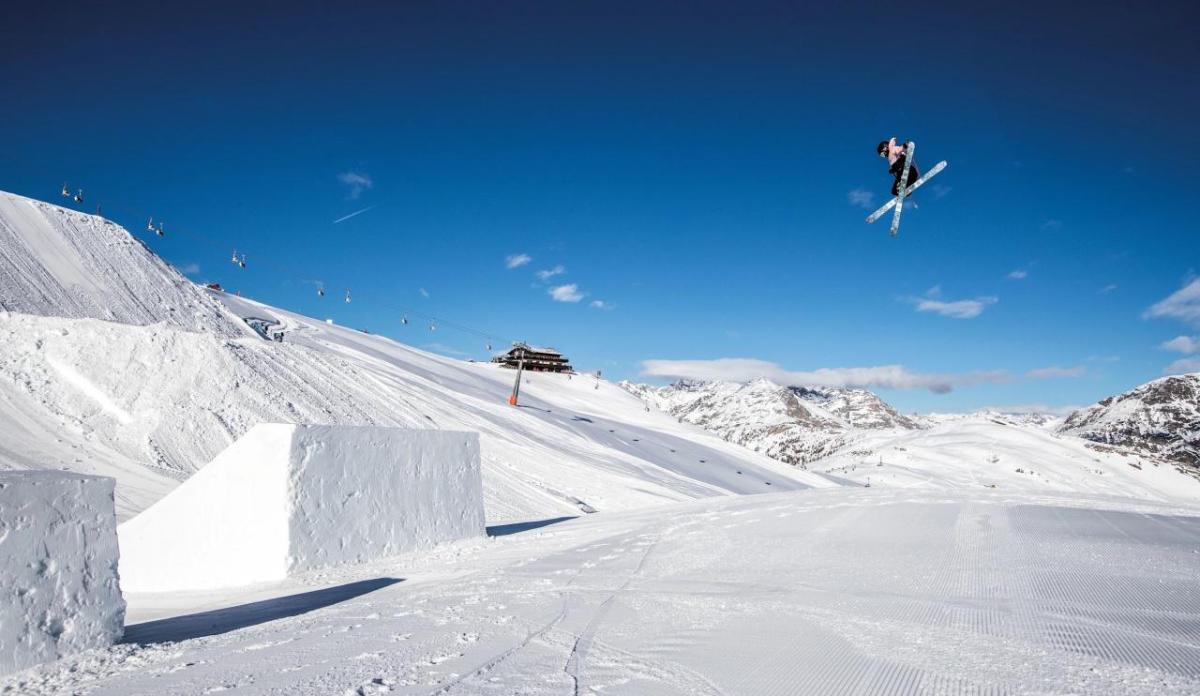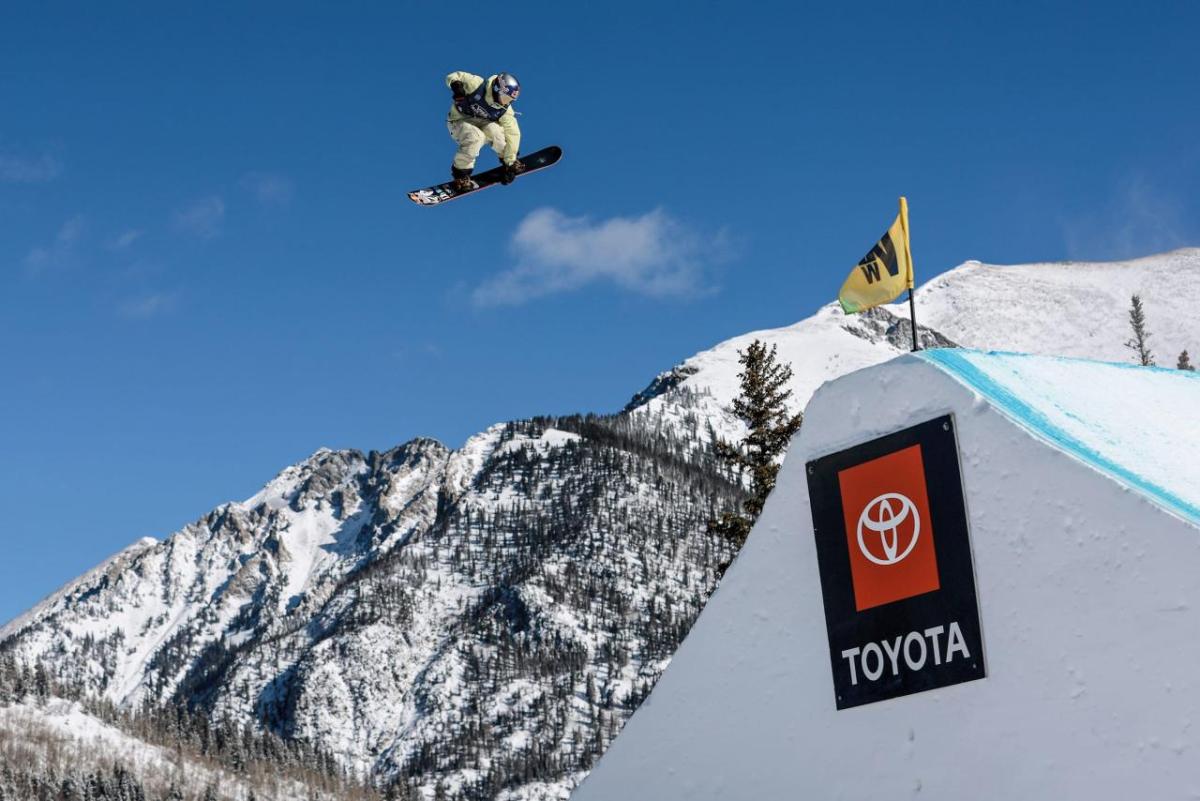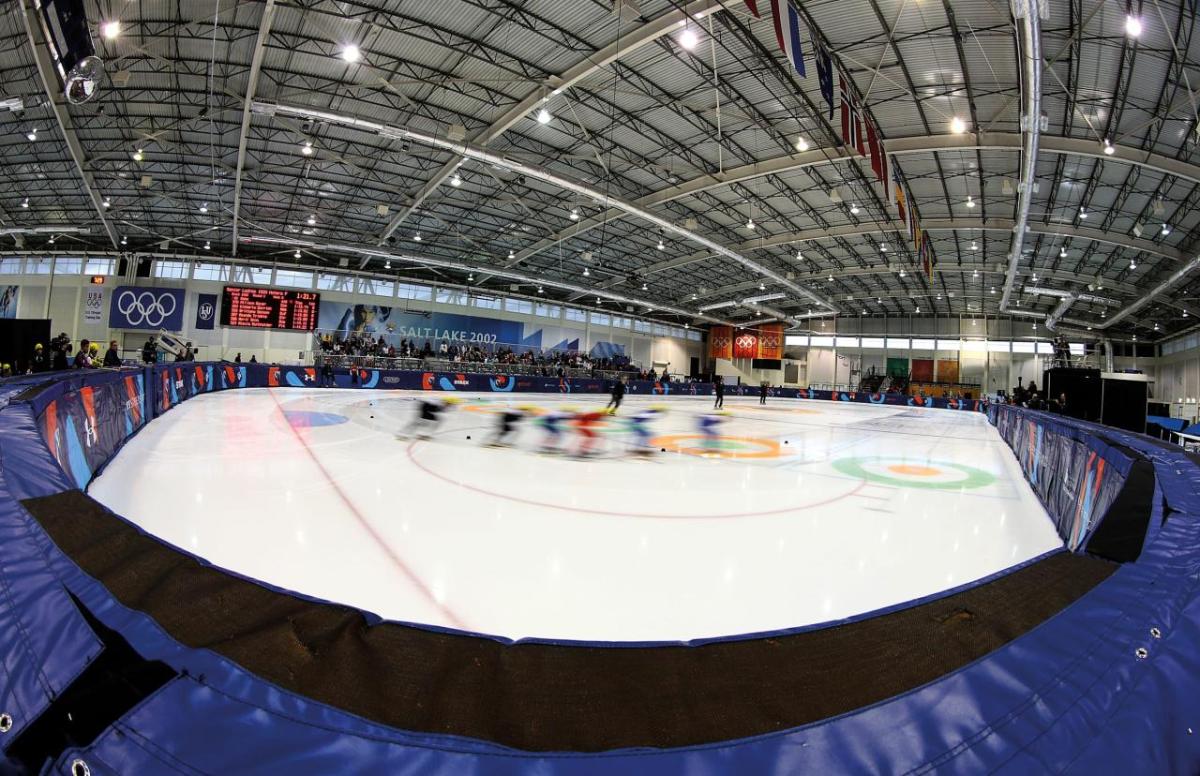International Olympic Committee: The Heat Is On
With climate change posing challenges for the Olympic Winter Games, the IOC is considering various measures to protect their future.
International Olympic Committee news
Alpine resorts covered with barren slopes in the peak winter season. Glaciers continuing to melt away. Rising temperatures making skiing and other snow sports virtually impossible.
This scenario is already playing out in parts of the world as climate change threatens the winter sports landscape and poses daunting challenges for the future of the Olympic Winter Games.
As the International Olympic Committee (IOC) celebrates the 100th anniversary of the Olympic Winter Games, which began in Chamonix in 1924, concerns are mounting over the long-term impact that global warming will have on the world’s greatest snow and ice sports festival.
With greenhouse gas emissions causing a steady rise in world temperatures, studies indicate that the warming weather will sharply curtail the number of sites capable of hosting future Olympic Winter and Paralympic Games.
“We need to address very quickly this dramatic impact of climate change on winter sport,’’ IOC President Thomas Bach said at the 141st IOC Session in Mumbai, India, in October. “By mid-century, there will remain practically just 10-12 NOCs (National Olympic Committees) who could host these snow events.”
With no time to waste, the IOC is working to identify climate-reliable and infrastructure ready Games locations to ensure that the world’s top skiers, snowboarders, biathletes and sliders can compete in optimal conditions in the decades to come.
The IOC is also considering other measures to protect the Olympic Winter Games: a dual allocation of the 2030 and 2034 editions, rotation of the Games among a permanent pool of hosts, and the creation of a decentralised hosting model to reduce the costs of the Games.
“There is no doubt that we are facing great challenges, and our goal is to ensure that we can continue to host successful Olympic Winter Games in the future,’’ said Karl Stoss, Chair of the IOC’s Future Host Commission for the Olympic Winter Games. “Each challenge means risks and opportunities.”
Finding Olympic Winter Games locations with the right combination of geography, venues, financial backing and climate conditions was already tough enough.
Now, with the list of potential hosts expected to dwindle to a select few, the task becomes even more pressing.
There is no doubt that we are facing great challenges, and our goal is to ensure that we can continue to host successful Olympic Winter Games in the future.
Karl Stoss
Chair of the IOC’s Future Host Commission for the Olympic Winter Games
“I don’t think there is a Doomsday scenario where we say, ‘OK, by 2050 no more Olympic Winter Games’,’’ said Christophe Dubi, the IOC’s Olympic Games Executive Director. “But the Games will have had to have adapted themselves to the conditions at that point in time.”
That means finding solutions now to safeguard the Games in the long run.
“Sometimes the period you are in requires longer-time thinking and sometimes it’s immediate actions that are needed,” Dubi said. “I think for the Winter Olympics we are at a point where both are needed. We need to find some really compellingevolutions for the immediate future.”
New approach: double allocation for 2030 and 2034
In December 2022, the IOC Executive Board (EB) paused the bidding race for the 2030 Games, saying more time was needed to study the impact of climate change and other factors on the future of the Games.
The EB recommended that the IOC targets future potential hosts that use, if possible, only existing or temporary venues and offer snow sports venues that would be climate-reliable until at least 2050, with projected average temperatures below 0 degrees Celsius during the Games period.
In addition, the EB said the IOC should consider a dual award of the 2030 and 2034 Games, and study a possible rotation system for the Games.
Ten months later, those issues came to the fore at the Session in Mumbai, with IOC Members approving in principle a proposed double 2030-2034 election in 2024, provided the appropriate conditions exist.
The proposal, which was endorsed by the leaders of all seven Olympic Winter International Federations (IFs), was backed by a show of hands. The IOC received strong expressions of interest from several potential hosts, including France and Sweden for 2030, Salt Lake City, Utah for 2030 or 2034, and Switzerland for a non-edition-specific project, Switzerland 203X.
On 29 November, following a recommendation by the Future Host Commission for the Olympic Winter Games, the EB invited the French National Olympic Committee (CNOSF) and the US Olympic and Paralympic Committee (USOPC) into Targeted Dialogues towards hosting the Olympic and Paralympic Winter Games 2030 in the French Alps, and the 2034 edition in Salt Lake City, Utah.
In addition, the EB decided to grant the non-edition-specific project, Switzerland 203X, a special status by inviting it into a “Privileged Dialogue” for the Olympic and Paralympic Winter Games 2038.
“The Commission members were deeply impressed by all the projects’ technical excellence, passion for Olympic winter sport and commitment to the sustainability principles of Olympic Agenda 2020+5,” Stoss said. “What really stood out about the French Alps and Salt Lake City, Utah projects was their vision for the athlete experience, their alignment with regional and national socio-economic development plans, and their very strong support from the public and from all levels of government.
“The Commission felt strongly that the other Interested Parties would benefit from more time to optimise the athlete experience of their future Games, and to continue to build on their burgeoning foundations of public and political support. Switzerland 203X has great potential, with its project aligned with Olympic Agenda 2020+5 and the principles of sustainability, cost reduction, environmental protection and legacy.”
The IOC will now start more detailed discussions with the Preferred Hosts, led by their NOCs, with the aim of awarding editions at the 142nd IOC Session in July in Paris.
But this is only a beginning. With a view on the future, the Commission will continue to explore a possible Olympic Winter Games rotation, an unprecedented move that would see the Games circulate among a select pool of climate-reliable locations in Europe, North America and Asia.
While the idea of rotation may sound simple, it also raises a number of tricky questions. How many countries or regions would be part of the rotation? How soon would the Games return to a particular site? Would the Games go back to exactly the same location each time? Would they go back to the same country or a certain number of countries?
Would venues and infrastructure outlive their life cycles? Would they need to be refurbished between rotations? Would a host nation or region necessarily want the Games to return? “It’s not as easy as to say, ‘OK, every 20 years we go back exactly to the same location with the same people, the same name and everything else’,” Dubi said. “Simply because at some point maybe the community is not agreeable to the idea. So you have to keep that flexibility. You have a number of factors you have to play with. But the notion to at least contemplate some form of rotation is a very sound one, there’s no doubt.”
Rise and fall: as temperatures go up, potential hosts go down
In Mumbai, the IOC released the results of studies that found that 15 NOCs had at least 80 per cent of the venues required for the Olympic Winter Games. Ten of those had either recently hosted the Games or were interested in holding them in the future.
By mid-century, the studies found, potential hosts for the Olympic and Paralympic Games would be reduced to about 10-12 NOCs, with the number dropping even further by the end of the century.
The preliminary results already show that we need to adapt the Olympic Winter Games given the impact of climate change.
Thomas Bach
IOC President
“The preliminary results already show that we need to adapt the Olympic Winter Games given the impact of climate change,’’ Bach said. “In collaboration with the winter sports community, we need to look for solutions for the future.”
According to research commissioned by the IOC, two-thirds of winter sports locations will remain climate-reliable until 2040, just over half until 2070 and less than half by the end of the century.
The hotter temperatures have caused problems at recent Olympic Winter Games, notably disrupting some of the snow competitions in Vancouver in 2010 and Sochi in 2014.
The Paralympic Winter Games face an even greater risk from climate change because they are traditionally held in March, when temperatures are warmer than in February. Finding suitable dates to accommodate both the Olympic and Paralympic Games will be crucial.
“We need to keep flexibility here,” Dubi said. “With the whole evolution of climate, you might find that earlier is impossible or later becomes impossible. We will have to adapt to what the local conditions are. We have to place it in a way so the two events are safe. Flexibility is the name of the game.”
New model: decentralising the Olympic Winter Games
Beyond tackling the threat from climate change, the IOC is looking into a new hosting model to make the Olympic Winter Games more sustainable and affordable at a time when a number of potential hosts, particularly in Europe, have turned their backs on the Games for political or economic reasons.
The idea is to introduce a decentralised system in which the cost of organising the Olympic competitions would be based on the costs associated with world championships in each sport. Stoss noted that the cost of certain Olympic events was four times higher than at world championships.
“There is no reason for such a difference in costs,” he said. “There is a difference between ‘nice to have’ and ‘need to have’.”
Organisation of certain Olympic sports competitions would be outsourced to the experienced international and national event organisers who run World Cup and World Championship events on a regular basis. This would of course be contextual and depend on the experience in each market.
The process would start early, with Preferred Hosts developing an event delivery strategy during the Targeted Dialogue stage, with the goal of signing a first letter of intent before the election and a detailed framework agreement within a year of the election.
Procurement would be left to separate organising committees at each of the venues. Hosts would sign up local sponsors earlier to lock in revenue for their Games budgets. Major budget items would be front-loaded to ease financial strains.
“A budget is always at a given point in time under pressure,” Dubi said. “If you can de-risk from the very beginning, it helps to convince citizens and populations that what we claim the Games are good business can be effectively demonstrated very early. It saves a lot of energy down the road where you can focus on what truly matters, which is delivering a unique experience to everyone.”
Fast forward: how the Games might look in the future
As is the case with Milano Cortina 2026, with the Games spread over a wide geographical area across northern Italy, the trend is likely to continue towards regional Games or Games shared by multiple countries.
The format takes advantage of existing venues, allowing for a major hub to host the ceremonies and weather-proof indoor ice events while snow sports competitions take place in a suitable – and cold enough – mountain region.
A rotation system among three continents could open the way for various regional hosting scenarios. Prof. Daniel Scott of the University of Waterloo, Canada, has suggested the possibility of Calgary and Denver hosting a “Rocky Mountain Games” or Italy and Austria co-hosting a “Tyrolean Games”.
What about the snow?
Recent Olympic Winter Games have all relied at least partially on artificial snow, with Beijing 2022 using virtually 100 per cent man-made snow. Making snow requires water and energy, further straining resources and potentially contributing to climate change.
But, due to global warming, many winter locations will no longer have temperatures cold enough to make artificial snow. As a result, the IOC is monitoring technological advancements in snow production and snow retention – and even the development of synthetic snow and ice.
How athletes would adapt to competing on new surfaces remains to be seen, but Dubi noted that ski jumping is also practised in the summer using plastic surfaces.
“The only thing is they land on a carpet, but it’s actually exactly the same sport, except that anything around the ski jumps is not covered in snow,” he said. “I’d say in 20 years if we have no snow over the ski jump, I already know today that we can replicate it with summer conditions. You land on a carpet, which is of equal value.”
One thing is unlikely to change: the Olympic Winter Games will continue to be restricted to traditional winter sports. Moving certain indoor Olympic summer sports to the Olympic Winter Games, as some have advocated for years, is not on the agenda.
“It’s extremely delicate to move from there because you have a line of demarcation that is very clear,” Dubi said. “If you start to move some of the sports into the winter property because you can have them indoors, you create two different types of Games. The line of demarcation is very healthy. From the moment you blur that line, you lose the identity of both.”
Despite the risks ahead, the IOC remains confident that the Olympic Winter Games will evolve and retain the unique qualities that set them apart from other winter sports competitions.
Who is to say that the Olympic Winter Games won’t survive – and thrive – for another 100 years?

